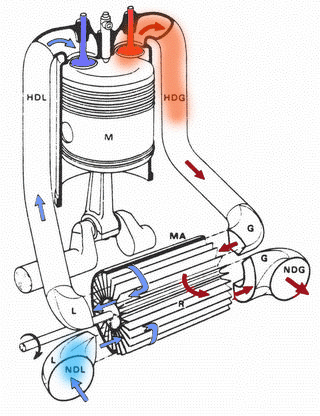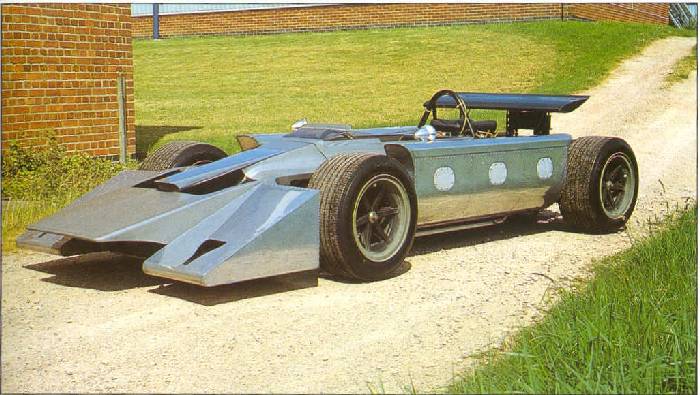Just 'cos I'm bored at work here's a real techy one. When Ferrari when down the turbo route in 1980 they had two options, traditional turbo chargers or a pressure wave supercharger. Now I had to look up how this works but the main difference, from what I can tell, is that the the fan blades (I'm sure there is a more technical name) are spun round not only by the exhaust gases but also by a belt drive off the engine.
Presumably this was being considered as it drew less power from the engine than a normal supercharger but may eliminate turbo lag of a normal turbo system as you don't have to spool the turbo up. Here's a novelty, the image I've found shows a single fan being driven by the exhaust gases and compressing the air into the engine. Neat, apparently this has only ever been used on a few road car applications, which seems like a waste of a very clever piece of tech.

Here's the system in the back of the Ferrari - not a very pretty installation.

Presumably this was being considered as it drew less power from the engine than a normal supercharger but may eliminate turbo lag of a normal turbo system as you don't have to spool the turbo up. Here's a novelty, the image I've found shows a single fan being driven by the exhaust gases and compressing the air into the engine. Neat, apparently this has only ever been used on a few road car applications, which seems like a waste of a very clever piece of tech.

Here's the system in the back of the Ferrari - not a very pretty installation.





